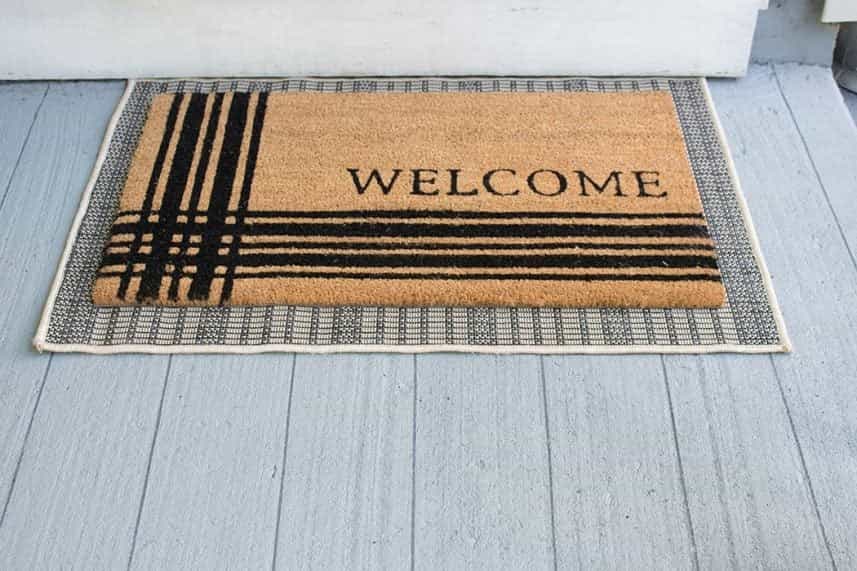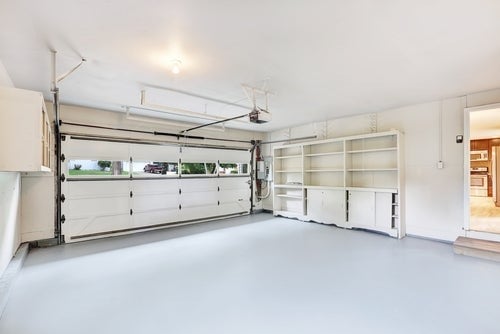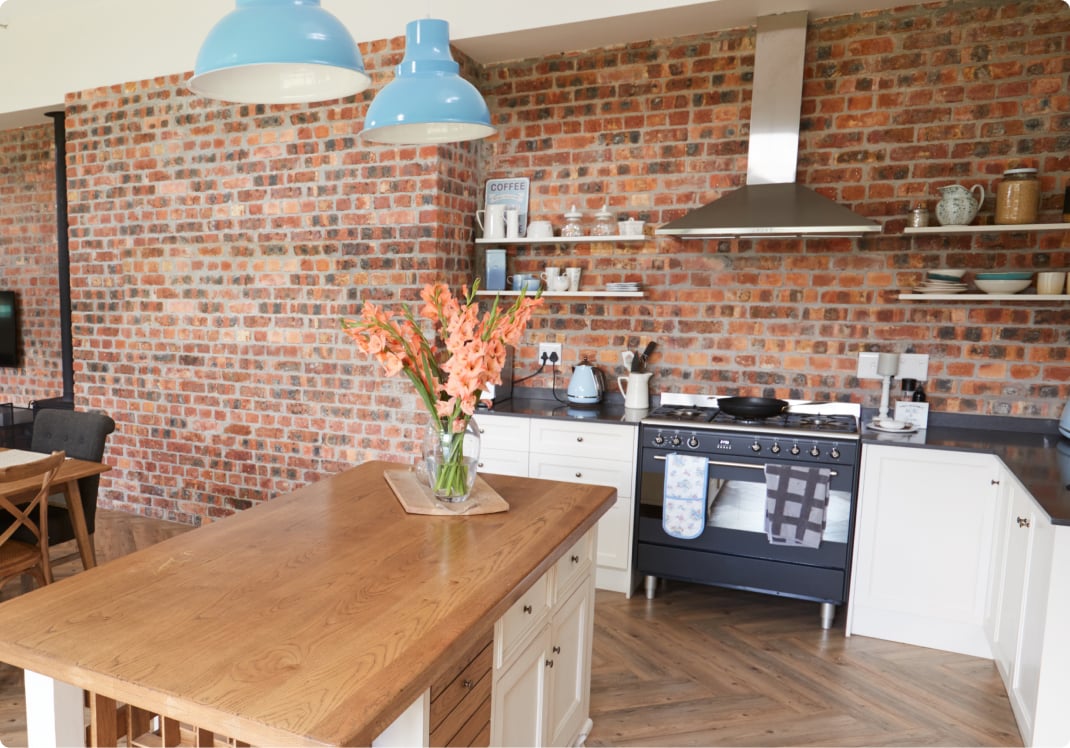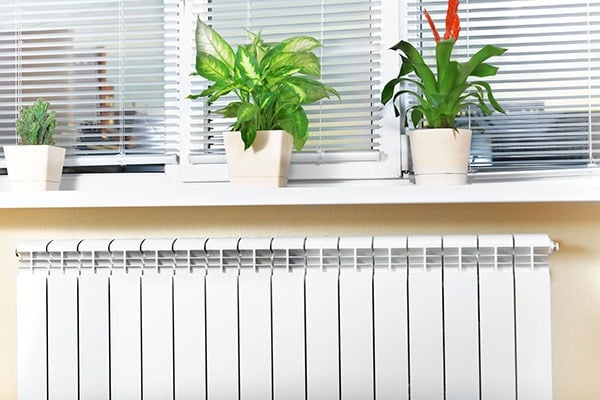6. Choose the Right Paint or Stain
Be sure to use masonry paint or concrete stain when painting or staining concrete. Some paint brands offer a stain and sealant in one for optimal convenience.
Pro tip: Masonry paint is sometimes called elastomeric paint or elastomeric wall coating.
For application, masonry paint is often thicker than regular paint and can be applied with a high-capacity roller or brush. Be sure to use a thicker roller. If you use one that's too smooth, it won't get in all of the nooks of the concrete. No matter how well you cleaned the concrete prior to painting, dirt and debris can still get stuck on your paint roller. To avoid that, you can also use a paint sprayer for this project. You can use this same process with a decorative stencil as well.
7. Apply a Second Coat
Wait at least 12 hours for the paint to dry before you apply a second coat. Be sure to add a slip-resistant additive for pathways, steps, and highly trafficked areas.
8. Allow to Dry and Then Apply Sealant
If the paint you selected isn't a stain and sealant in one, you will need to apply a sealant once the paint is dry. Allow the second coat of paint to dry for another 24 hours before applying sealant. The sealant will add durability to your paint or stain and help prevent fading.
9. Allow to Completely Dry
Before using the concrete space, allow the area to dry fully for at least 24 hours, but ideally 48 hours to be safe.
This is a DIY process that can take several days, but it’s not really that difficult and is well worth the effort for the payoff of a refreshed outdoor space that will be enjoyed for years to come.



